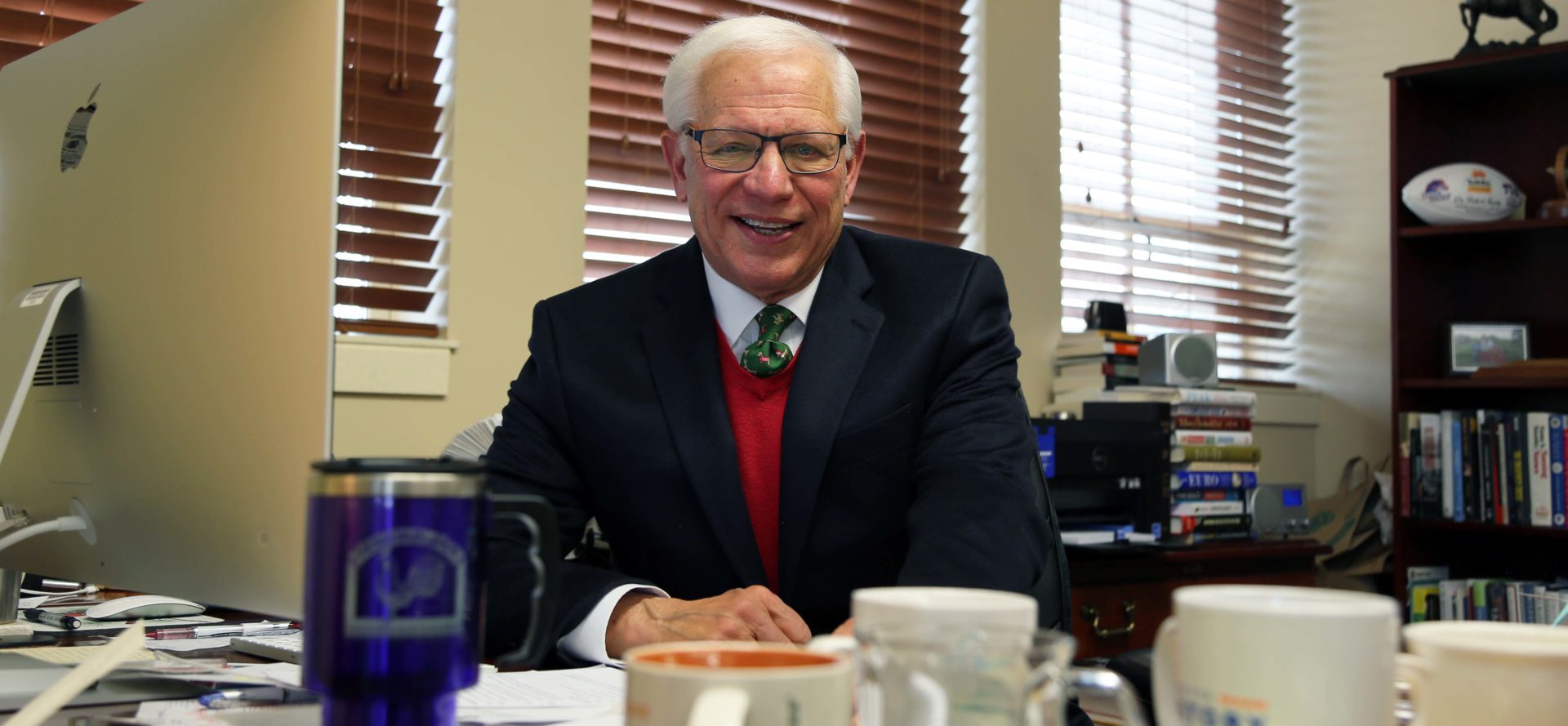From a public education perspective, Idaho hasn’t been doing its homework, and it shows in the results. Whether it’s the “go-on” rate that measures the number of high school graduates seeking some form of postsecondary education, or our persistent failure to meet the goal of 60 percent of Idahoans between the ages of 25 and 34 having completed a postsecondary degree, our state fares poorly.
Clearly, this issue should be at the very top of the agenda for Governor-elect Brad Little and the new Legislature come the New Year.
As Idaho EdNews reports, the state has spent more than $133 million on efforts to move students from high school to some form of postsecondary education. That funding has paid for college and career advisers, covered the cost of dual-credit classes, and increased scholarship opportunities for Idaho students. But, unfortunately, the needle measuring progress hasn’t moved much.

What needs more attention is the shifting demographic profile of our students, and how we help our teachers and staff acknowledge and respect the cultural differences among our students.
According to a 2016 report by the McClure Center for Public Policy Research, Idaho’s Latino population is growing faster than the state’s population as a whole. Latinos accounted for 42 percent of the enrollment growth in Idaho’s public schools between 2010-11 and 2015-16 school year. Latino students make up 12 percent of the total population, but 18 percent of the students in our public schools.
What’s especially troubling is that students of color in Idaho are two to three times less likely to obtain a college degree or certification than white students. Clearly, the future success of Idaho’s economy will depend on opening access to educational opportunities for Latino students and understanding the challenges some of our students face in achieving the goals we have set for all Idaho students.
Not long ago I visited two rural high schools in Idaho where I met students far removed from the cultural advantages of having college-going assumed as part of their future. In one school, a teacher introduced me to a group of students, some of whom were Latino and all of whom she described as “college able” but not “college willing.” This teacher understood the importance of digging deeply into students’ lack of confidence in “going on” and challenging them to think beyond the problems of the day and to think positively about opportunities for a bright future.
There are many reasons students are not college-willing. First and foremost, college-willingness requires a school culture that leaves no student behind when discussing and planning for postsecondary training and education. Neither of my depression-era parents attended high school, so they were certainly not informed about college options, though they encouraged my going-on to college. As it was in my case, creating a college-willing student often requires teachers working with students daily to paint a vision of the future that includes the map and strategy for going on.
I was reminded of this when I met recently with Tracy Sedano, a Boise State University graduate who also holds an Arizona State master’s degree. Tracy, who is now a teacher coach for Teach for America (TFA), told me that as a high school student in rural Idaho she was discouraged from thinking of herself as “college material.” She couldn’t count the number of times teachers in dual-credit courses sent her a clear message that she did not belong in educational environments, and was not worthy of “going on.” And this from the holder of two university degrees.
An isolated case? I doubt it. Not after reading how teachers and staff portrayed the Latino culture to their students at one Idaho school. If such behavior can happen outside the classroom, what would we find so surprising about far more subtle signals to some students that they are not “college able”?
There are many approaches that Idaho can take to improve the cultural competence of our teachers and offer Hispanic students the respect all students deserve in a school setting. Clearly, we have work to do in Idaho and it’s not just about adding additional personnel for advising and counseling. It’s about changing a mindset deeply embedded in the white majority culture.
Teachers for America, where Tracy works, is intentional about trying to understand the influence of culture on implicit biases. TFA places high value during the training of its corps members on helping them understand their students and communities. Corps members are also prompted to explore their own backgrounds and biases and how they influence their perceptions and interactions with students.
Training all of our teachers in this manner would make a lot of sense. Actions and attitudes that hurt our students of color often aren’t intentional. But that doesn’t justify our standing idly by as a state and not committing to an action plan that will expand the mindset of all Idahoans who work with our children.
It’s all about improving the cultural competence of our teachers so all of our students will be afforded the respect and encouragement to “go on.”
Written by Bob Kustra, a retired president of Boise State University.
